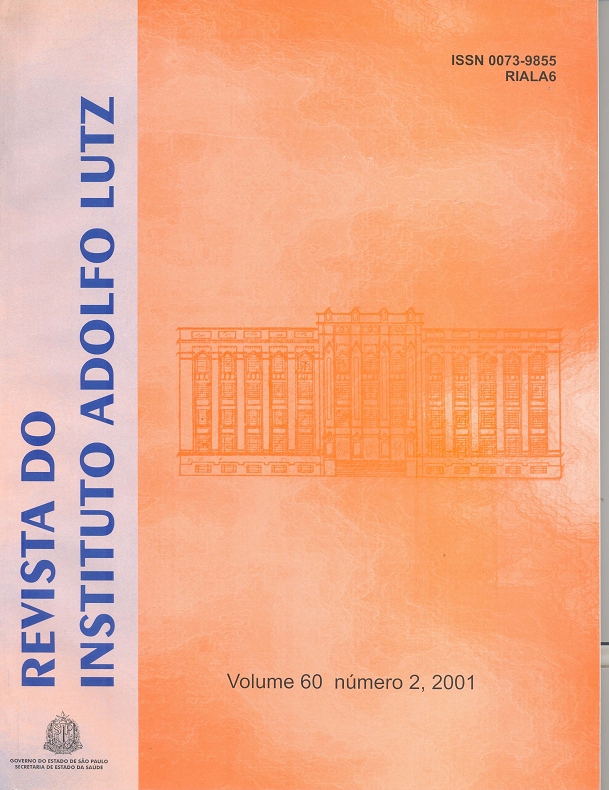Abstract
This present work aims to evaluate the level of lipids out of the total of mass, within 12 different Minas Frescal industrialized brands and 10 varieties of Ricotta from the region of Botucatu/ SP. Information included on the packages of each product were compared with the results in order to know whether the consumer is being well informed or not. The Gerber method was used to evaluate the lipids. Results were submmited to statistical analysis using the “F Test of Variance Analysis” and Tukey test. Industrialized varieties of Minas Frescal cheese showed, in 7 out of the 12 brands, a lipid level (%) fitting the established average standard, however, none of them matched the information described in their respective packages (16%-18%). Among the handwork cheeses, 5 out of 9, matched the established standard for Minas Frescal cheeses. The ricottas, all the 10 brands analyzed here did not match the established average standard of lipids grade (%). Face to the obtained results, it’s up to the population to demand a more effective control of the imdustrialized Brazilian production.
References
2. Brasil. Leis, Decretos, etc. Portaria nº 146 de 07 de Março de 1996. Aprova os Regulamentos técnicos de identidade e qualidade dos produtos lácteos. Diário Oficial da União, 11 de Março de 1996, seção 1, 3977-3986.
3. Ferreira, C.L.L.F. Valor nutritivo e bioterapêutico de leites fermentados. Leites Fermentados e Bebidas Lácteas Tecnologia e Mercado, p.1-7, 1997.
4. Hoffman, F.L.; Cruz, C.H.G.; Vinturim, T.M. Qualidade microbiológica de queijos comercializados na região de São José do Rio Preto-SP. Rev. Inst. Latic. “Cândido Tostes”, 50: 42-47, 1995.
5. Instituto Adolfo Lutz. Normas Analíticas do Instituto Adolfo Lutz. V.1 Métodos químicos e físicos para análise de alimentos, 3ª ed. São Paulo, IMESP, 1985, 533p.
6. Magalhães, N.A. et al. Avaliação físico química e microbiológica do leite pasteurizado integral/fazenda comercializado em viçosa. Revista Inst. Latic. “Cândido Tostes”, 50: 3-8, 1995.
7. Oliveira, de C.A.F. et al. Características físico-químicas e microbiológicas de queijos Minas Frescal e mussarela, produzidos em algumas fábricas de laticínios do Estado de São Paulo. Hig. Aliment., 12: 31-35, 1998.
8. Ozola, L.; Ciprovica, I.; Serdjuka, N.; Rizikova, E. Low fat milk products with increased dietary fibre content. Latvian University of Agriculture, Jelgava, 31-33, 1998. In: AGRIS Abstr. CD-ROM, 1999. (Abstracts 026680).
9. Saboya, L.V. et al. Efeitos físico-químicos da adição de leite reconstituído na fabricação de queijos Minas Frescal. Ciênc. Tecnol. Aliment., 18:368-376, 1998.
10. Schmidt, K.F. Elaboración artesanal de mantequilla, yogur y queso. Editorial Acribio, S.A. – Zaragoza, 1990, 116p.
11. Tadini, C.C.; Curi, F.; Cardoso, A.M. Queso Minas Frescal con caseinato de calcio: una elaboracion alternativa de produccion de queso con menos grasa. Alimentaria, 35: 83-88, 1997.
12. Vargas, O.L.; Porto, M.A.C.; Brito, A.L. Características de origens para queijos naturais de Minas Gerais: municípios do Serro e de São Roque de Minas. Rev. Inst. Latic. “Cândido Tostes”, 53: 19-49, 1998.

This work is licensed under a Creative Commons Attribution 4.0 International License.
Copyright (c) 2001 Cristina D. Cruz, Maria Isabel F. V. Gomes
